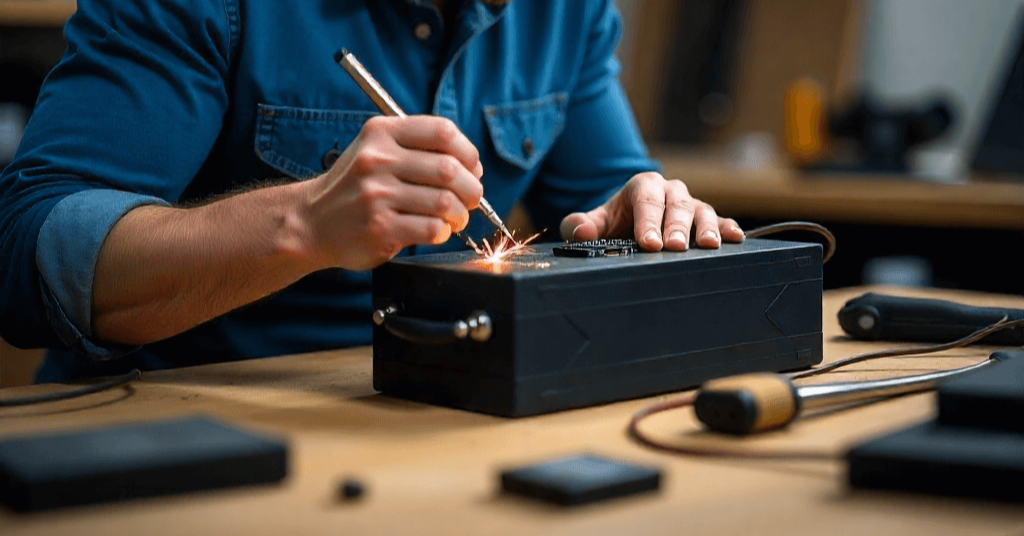
Solve common Lithium Battery issues Now!
Share
Low voltage in batteries can happen because of two main reasons: high self-discharge or uneven current.
To fix this, you can charge the lithium battery directly using a charger that has over-voltage protection. It's important to use a charger that's right for the battery, not just any generic one, to keep things safe.
When a battery has high internal resistance, it starts to get hot and the voltage goes down.
This usually happens if the battery is stored for a long time, which can also make it lose a lot of its capacity.
You can help improve this by charging and discharging the battery as part of a process to bring it back to normal.
If a battery is swollen, the only safe option is to throw it away.
Swollen batteries are a risk and often happen because of overcharging.
To avoid this, check on your charging process and don't let it charge for more than 12 hours.
Capacity loss in lithium batteries is often because of over-discharging.
If you discharge your battery too much, it's best to use a smart charger to slowly top it up.
Start with a slow charge and watch for any signs of heat. If the battery gets too hot, it might be time to replace it.
If your battery is plugged in but not charging, it could be because of a broken charger, a faulty BMS (battery management system), or damage to the charging system.
Try using a low-voltage charger first, then switch to the original one. If the battery still doesn't charge and there's no obvious problem, it might be permanently damaged.
